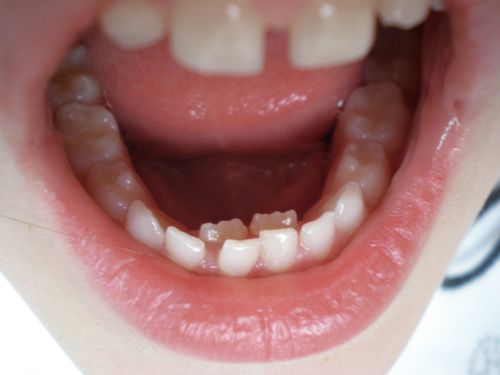
Shark Teeth
Children start to lose their baby teeth around the age of 4 or 5. Typically, the baby teeth fall out and their permanent replacements grow into the vacated spaces. For most, this is a smooth transition. However some experience minor problems along the way. One of the most common is a condition called “shark teeth”.
Shark teeth is a term used to describe the situation when a child’s permanent tooth starts to grow in before the loss of a baby tooth. If a baby tooth is in the way, the permanent tooth simply sprouts up behind it. This gives the child two rows of teeth at once. The nickname comes from the fact that sharks also have a double row of teeth. Although shark teeth are most common with the lower incisors, they can also happen when the upper incisors or primary molars grow in.
As children grow, their permanent teeth usually dissolve the roots of their baby teeth. Once the root is nearly gone, a baby tooth gets loose, eventually falling out. This leaves room for the permanent tooth to grow into the empty spot. With shark teeth, the root doesn’t dissolve quickly enough, causing the baby tooth to stay in place. The permanent tooth then grows in behind the baby tooth.
Often, shark teeth doesn’t require any treatment. If a permanent tooth hasn’t come in all the way and the baby tooth is getting progressively looser, you don’t have to worry about it because the situation will probably resolve on its own. If the new tooth continues to grow in and the baby tooth doesn’t loosen, you should take your child to the dentist.
Once a permanent tooth comes in completely behind the baby tooth, there is nothing to push or dissolve the root. This allows the baby tooth to stay in place. A dentist can treat this by extracting the baby tooth. The new tooth typically moves forward into the correct place once the obstruction is gone. It can take a few weeks, or even months, to completely move into position.
If you notice this happening with your child’s teeth and are concerned, schedule an appointment with your dentist. They might be that much closer to leaving a tooth for the tooth fairy!
Leave a reply →